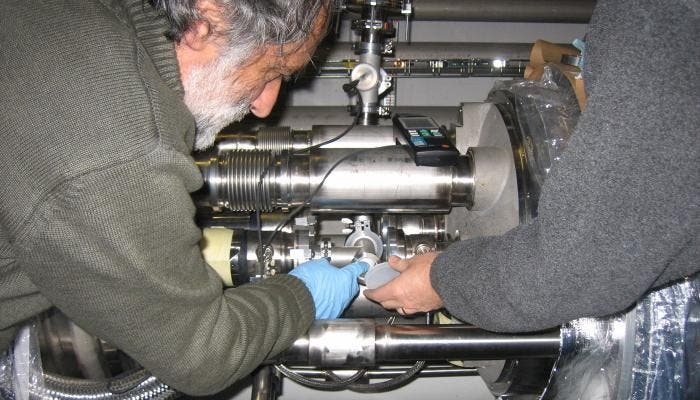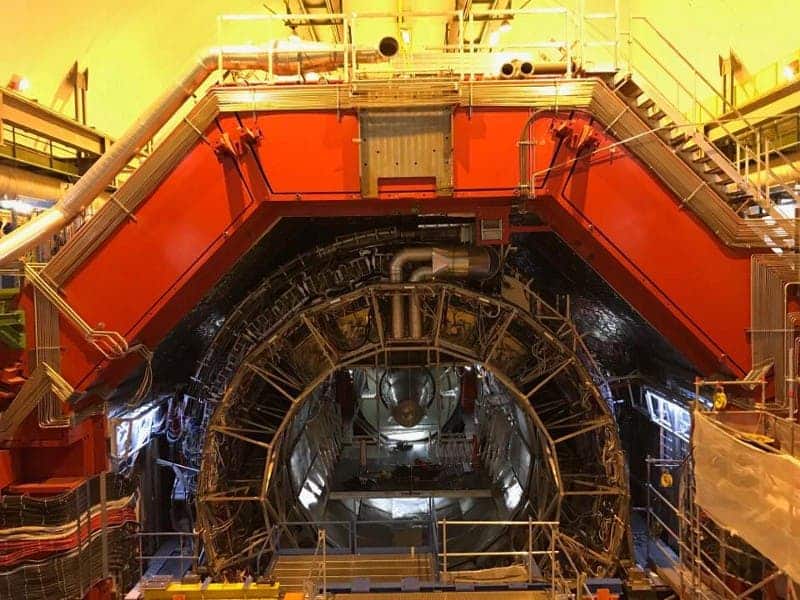
How do you check a multi-billion dollar particle accelerator for defects or malfunctions? Sure, you could use various, equally expensive and sophisticated tools, but in some instances low tech comes in the aid of high tech, say a ping-pong ball. Wait, what ?! Yup, today researchers sent a carefully sterilized, slightly-smaller-than-regulation ping-pong ball through a 2-mile section of the Large Hadron Collider. The LHC passed the ping-pong ball test flawlessly.
The ping-pong-ball is actually called a radio-frequency ball by scientists and holds a tiny transmitter inside. To blaze it through the particle accelerator, simple force of suction is used, ping its position every third of a mile through its transmitter.
“The beam pipes are fragile,” says Vincent Baglin, the leader of the LHC beam vacuum section at CERN. “We always have to check and crosscheck to minimize any problems. This is a simple test that can prevent complicated issues.”
What they were actually looking to test are the connections between magnets, which are at risk of deterioration as temperature changes since they’re installed at room temperature, but need to operate below freezing when experiments are made. The LHC has 17 miles in circumference, but it’s not entirely circular; instead, it’s made out of eight straight sections, joined together by eight arcs. More than 1600 magnets bend and focus the beams of particles that circle the collider at close to the speed of light. Interconnections, some of which resemble long, copper fingers, ensure that electricity flows from one magnet to the next.
This rather significant temperature difference causes these copper fingers to contract, typically by 40 millimeters, which isn’t necessarily a problem, but sometimes one or more of these fingers buckles and blocks particle beams. Since there are so many interconnections, if a problem arises, the researchers would have to start and shutdown the LHC repeatedly and find where the beam is blocked – a process which might take months. Instead, the scientists have opted for a more ingenious solution that only takes 15 minutes per section. Rather than sending a beam through the pipe, they send the RF ball. How do they know if a connection is out of order? Simple, if the ball gets stuck, then we’ve got a problem.
For today’s test, the LHC passed without any issues, however it will pass through many such tests and others before its scheduled restart in 2015.
via Symmetry Mag






